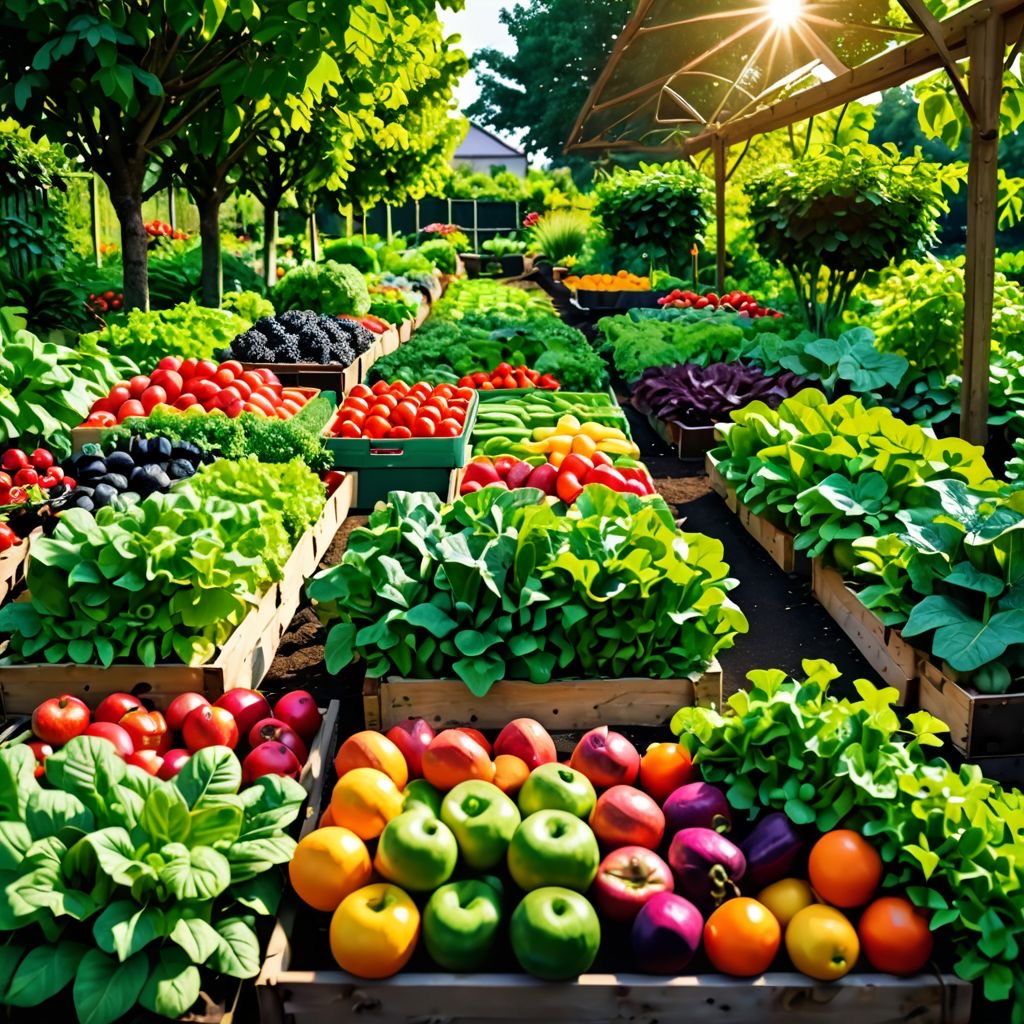
Table of Contents:
1. Introduction
2. Step 1: Deciding on the Ideal Garden Size
- Space Requirements
- Accessibility
3. Step 2: Selecting the Best Location
- Sunlight and Drainage
- Proximity to Water
4. Step 3: Gathering the Tools and Equipment
- A Comprehensive List
5. Step 4: Designing Your Garden Layout
- Companion Planting
6. Step 5: Choosing Your Plants
- Fruits, Vegetables, Herbs, and Medicinal Plants
7. Step 6: Natural Pest Control Strategies
8. Step 7: Installation and Maintenance
9. Final Thoughts
1. Introduction:
Hey there, fellow green-thumb enthusiast! Are you getting a little tired of your backyard and itching to transform it into a blooming paradise? Well, you’re in the right spot! Creating a garden bursting with fruits, vegetables, and herbs isn’t just for high-maintenance garden snobs; it can be a fun and rewarding project for anyone willing to get their hands a little (or maybe a lot) dirty!
Whether you’re dreaming of a exotic and vibrant landscape or simply want to bring a taste of homegrown goodness to your dinner table, We’ve got your back. Grab a cup of coffee (or tea, we don't judge), and let’s dig into this step-by-step guide to creating your very own garden oasis.
Contact us today for your free estimate.
2. Step 1. Deciding on the Ideal Garden Size:
Space Requirements
Before you start plotting a sprawling Eden, consider these: How much space do you have? Ideally, beginners should start small. A plot of about 10 feet by 10 feet is manageable and gives you enough variety to grow a few types of each fruit, vegetable, and herb. Don’t go too big too fast; otherwise, you might end up with more weeds than friends and you might find the care of your garden too demanding. It's a good idea to walk before you run!
Accessibility
Ensure your garden is easily accessible. You don’t want to be doing yoga poses just to reach that pesky basil plant or the tomatoes that are located in the back corner of your bountiful paradise. Choosing to build multiple small garden beds instead of 1 large bed can sometimes help with accessibility. If you're considering landscaping companies in Winnipeg to help you with this project, just let the landscaper know, one of the things you want for your garden landscaping is easy access!
3. Step 2.Selecting the Best Location:
Sunlight and Drainage
Next up: location! The ideal garden spot (for most crops) should receive **6-8 hours of sunlight** daily, so survey your yard like Inspector Clouseau looking for clues. Check where the sun hits in the morning versus the afternoon, and avoid shady spots blocked by trees or your neighbors’ oversized shed.
Moreover, ensure your garden spot has decent drainage. We all know Winnipeg can get a bit soggy from time to time, so avoid low-lying areas where water pools. Test your potential garden site by digging a hole about 12 inches deep; fill it with water, and see how long it takes to drain. If it’s still a swamp an hour later, keep looking! If your location choices are limited and drainage is a challenge, retaining walls could be a consideration. Search landscaping companies near me, landscapers near me, landscape design Winnipeg or some other terms similar to these and you will find a number of experienced and dependable landscape contractors that can assist you with your project.
Contact us today for your free estimate.
Proximity to Water
This may sound like a no-brainer, but consider how far you’ll have to walk to water your green munchies. A garden situated near a hose, rain barrel, or outdoor spigot makes it way easier to keep those plants hydrated and happy.
4. Step 3. Gathering the Tools and Equipment:
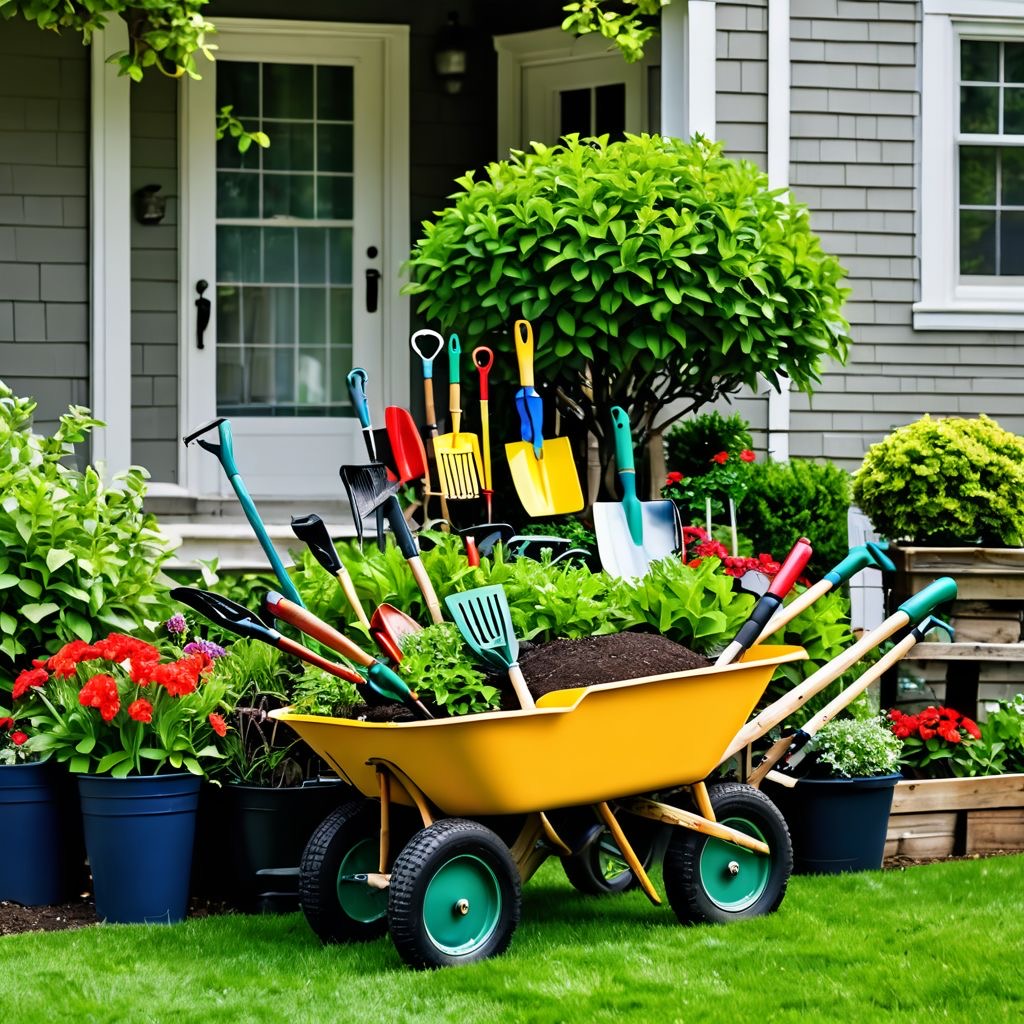
To tackle your gardening project like a pro, you’ll need some essential tools and equipment. Here’s a handy-dandy checklist to keep your gardening arsenal prepared for action:
A Comprehensive List:
-Tiller or Cultivator: a gas or electric powered tool that breaks up hard and compact soil ( can be used to weed, hoe, plow and crumble soil).
- Garden Spade/Shovel: Perfect for breaking ground and digging holes. You want the sharpest tool in the shed, not the dullest!
- Rake: For leveling out your soil and clearing debris like a boss.
- Trowel: Ideal for transplanting seedlings or herbs.
- Pruning Shears: To maintain your plants and keep them looking snappy.
- Garden Hoe: A must-have for weeding and tilling soil.
- Watering Can/Hose: Get in touch with your inner plant parent!
- Garden Gloves: Don’t say goodbye to those soft hands just yet.
- Planting Stakes or Cages: To support taller & vining plants. Think of these as supportive friends holding your back!
- Plant Tags: Because “that green thing” just won’t cut it when you’re trying to recall what you planted.
-Roll of String: to mark your rows before planting.
- Fencing Material: To keep those pesky critters out, or, as we like to call them, your garden’s sworn enemies. Bamboo, steel and plastic are typical options. Aluminium is a popular choice for homeowners and is generally considered to be a very good fencing option. Vinyl is also considered to be a very good option.
- Raised Garden Beds (optional): If you want to elevate your garden game—literally.
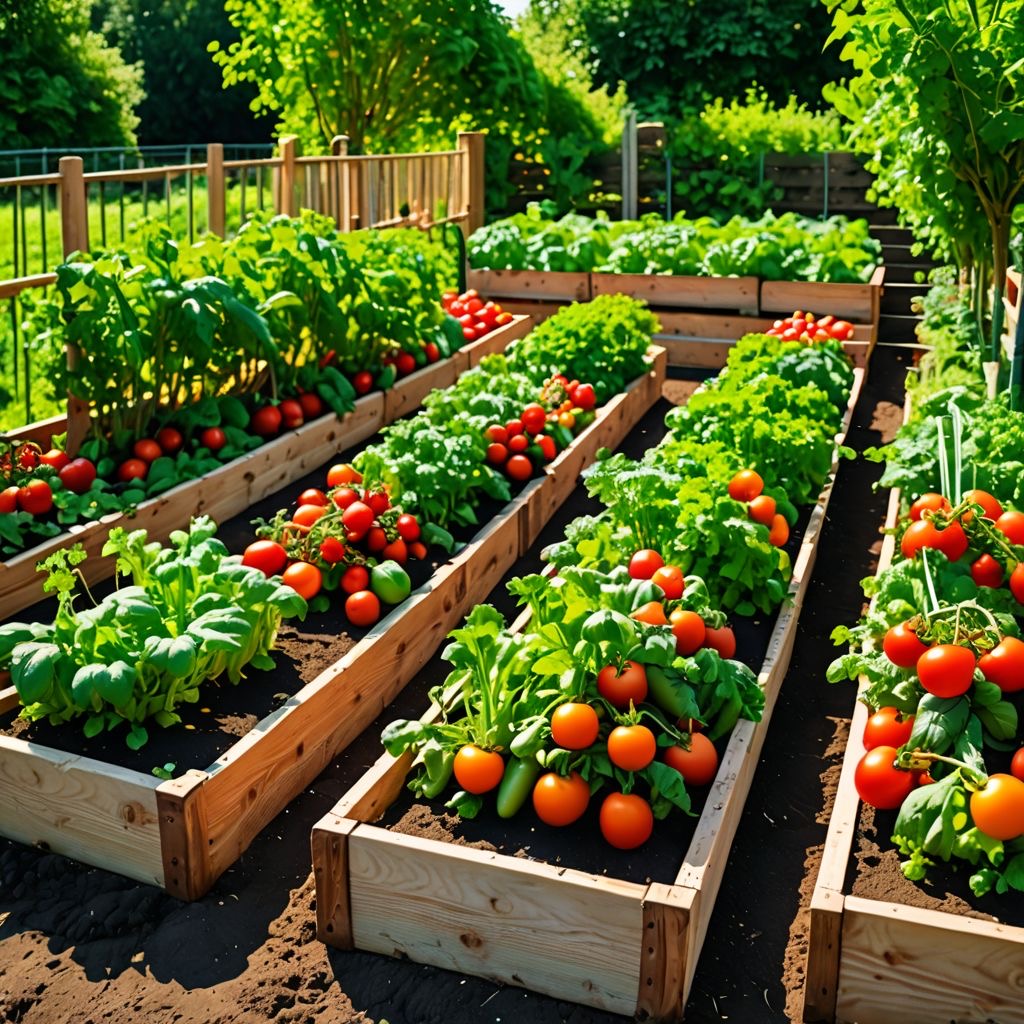
Contact us today for your free estimate.
Make sure to keep your tools organized! Use a sturdy box or a wall-mounted pegboard to store them—trust us, your future self will thank you.
5. Step 4. Designing Your Garden Layout:
Now that you’re fully equipped and know where the sun shines, it’s time to map out your garden! Planning your layout is crucial when it comes to maximizing space and yields.
Research and consider each plant's space, light, and water requirements prior to planting. For example, many herbs like Lavender and Rosemary prefer drier, well-draining soil and lots of sunlight/heat so they may not be a good option planted next to Lettuce, which likes some shade, not too much heat, and lots of water.
One fun gardening concept is companion planting, whereby specific plants can help each other thrive. For example, tomatoes love to hang out with basil, while carrots and onions are like old buddies. Not only do they each deter pests from one another, but they can also help improve flavor and growth. There is also the opposite of companion plants, which is a list of plants that do not grow well together as they can compete for nutrients, space, attract pests or even emit chemicals that inhibit each other's growth. A quick Google search or glance at a garden planning manual can answer compatibility questions quickly.
When designing, ensure that taller plants (like sunflowers or tomatoes) don’t block sunlight from shorter plants (like lettuces) and make sure that vining plants have somewhere to grow so that they don’t spread too far! If you need to, sketch it out on paper or use a garden planning app—yes, there are apps for that!
6. Step 5. Choosing Your Plants:
With your plot defined and your plan in place, it’s time to choose which delicious fruits, veggies, and herbs you want to cultivate. Here are a few suggestions for each category:
Fruits:
- Strawberries: a popular fruit crop in Manitoba that grows well in the province. a sweet treat and one of the oldest U-pick fruit crops in Manitoba
- Tomatoes: A must-have for salsas and sandwiches!
- Raspberries: Raspberries are native to North America and can be found across the Prairies. Hardy varieties like Boyne and Souris produce good fruit and flavor in Northern Manitoba. Raspberries are usually grown in rows that run North to South so the plants don't shade each other. Raspberries grow best in full sun, but can also fruit in light shade. However, they will produce a smaller crop and be less healthy in the shade These can be trained on trellises to save space.
Vegetables:
- Leafy Greens: Spinach, lettuce, and kale are great for salads.
- Carrots: These crunchy delights can be grown in well-drained soil.
- Peppers: Hot or sweet, they’re versatile and easy to grow.
Herbs:
- Basil: Perfect for pest control (goodbye, aphids!).
- Mint: Watch it—mint can spread like wildfire. An oasis of flavor in your garden, though!
- Thyme: Adds flavor without effort; what's not to love?
Medicinal Plants:
Incorporate some medicinal plants known for their beneficial properties:
- Aloe Vera: Known for its soothing gel that’s great on burns and skin irritations.
- Lavender: Not just a pretty flower; it has anxiety-reducing properties. Who cant use some of that?
- Chamomile: Can help relax you with a nice cup of tea. How civilized!
Learn more about flowers and plants with medicinal properties.
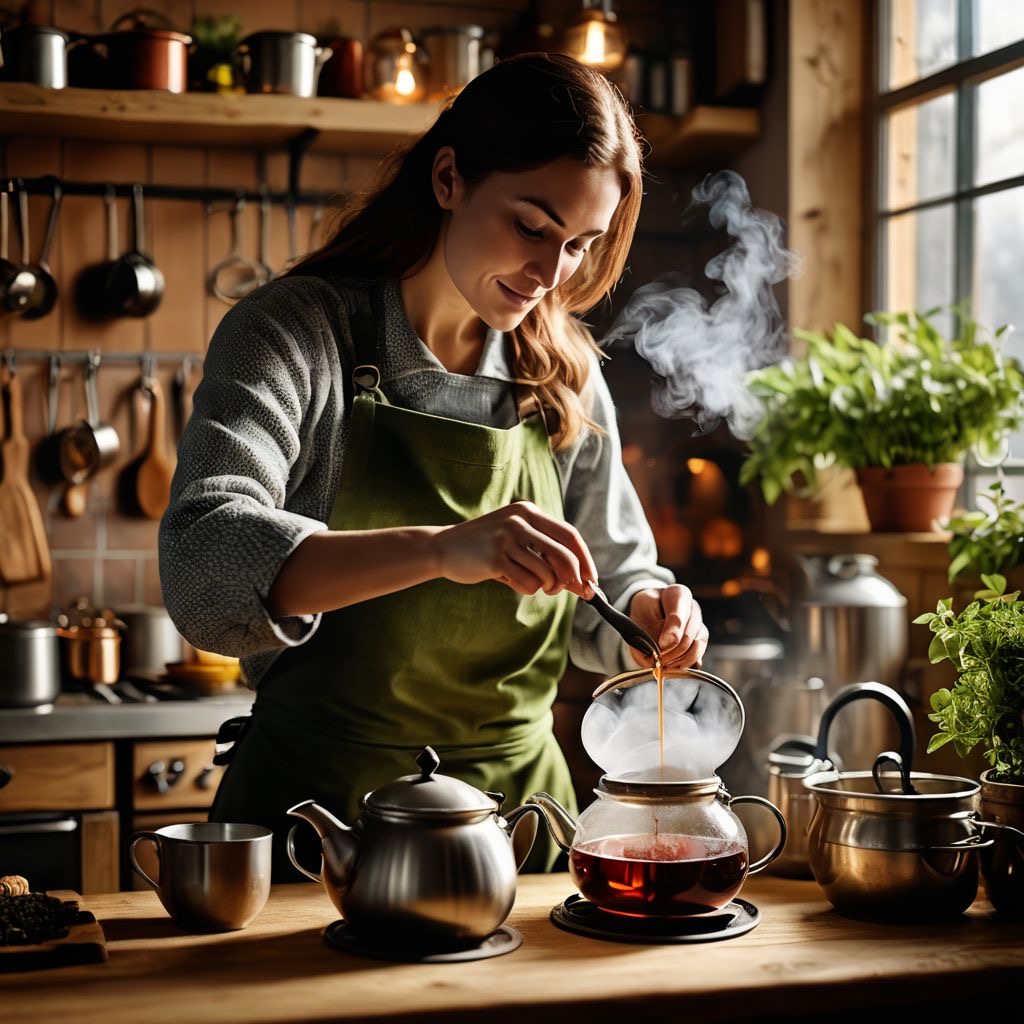
With a diverse selection of plants, you’ll be well on your way to creating a lush and useful garden that offers a variety of flavors, proven health benefits, natural remedies and of course, pure enjoyment. Fresh fruits, herbs and Veggies at a cost well below what you would pay at your grocery store is a welcome benefit.
7. Step 6. Natural Pest Control Strategies:
Ah, pests—the bane of every gardener's existence! Before you throw in the towel and reach for chemical sprays, let’s explore some natural ways to keep them at bay.
1. Plant Pest-Repellent Species: Marigolds for example, have a fragrance that insects dislike. They’re great companions for your veggies!
2. Use Homemade Remedies: Sprays made from soap and water can deter many pests without harmful side effects.
3. Encourage Beneficial Insects: Ladybugs and lacewings are like the superheroes of the insect world; they feast on aphids and other troublemakers.
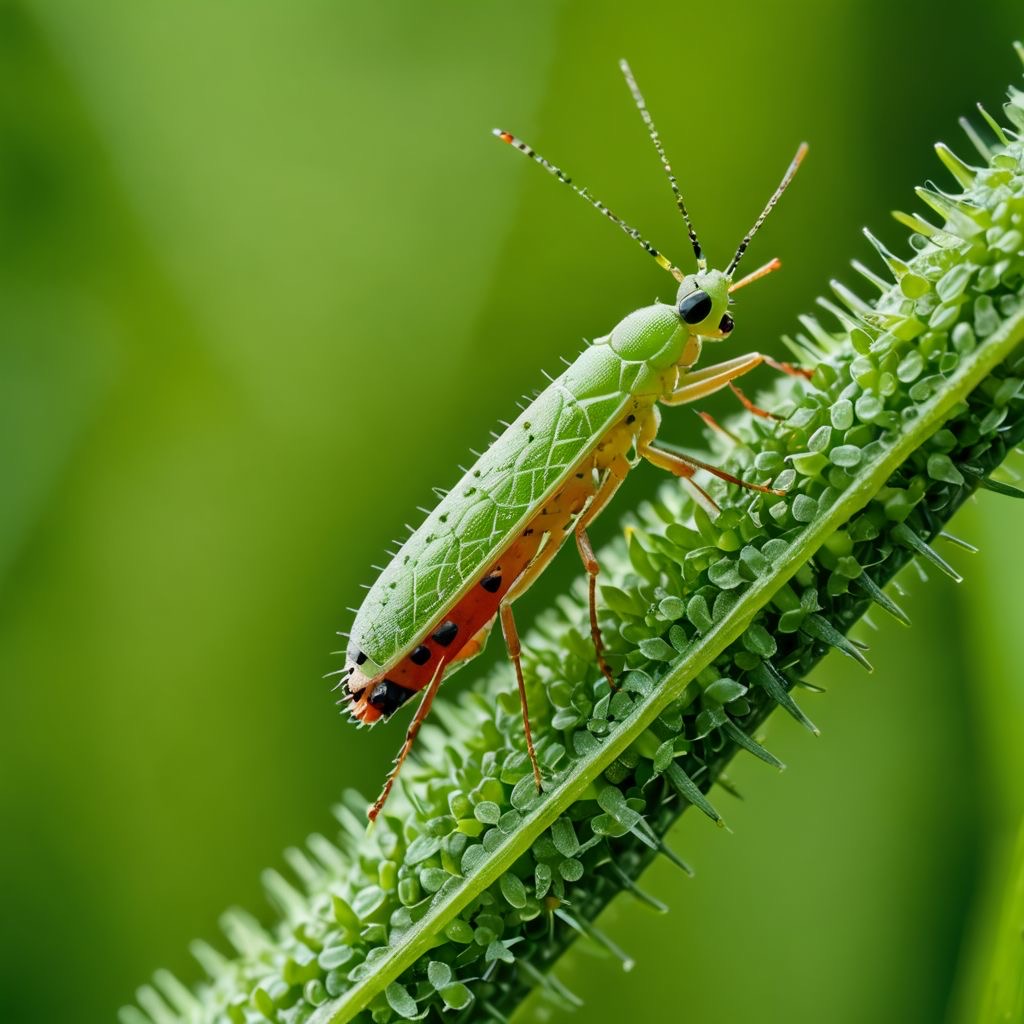
4. Companion Planting: Mentioned earlier, certain plants can ward off pests when planted together. For instance, nasturtiums repel aphids and attract pollinators.
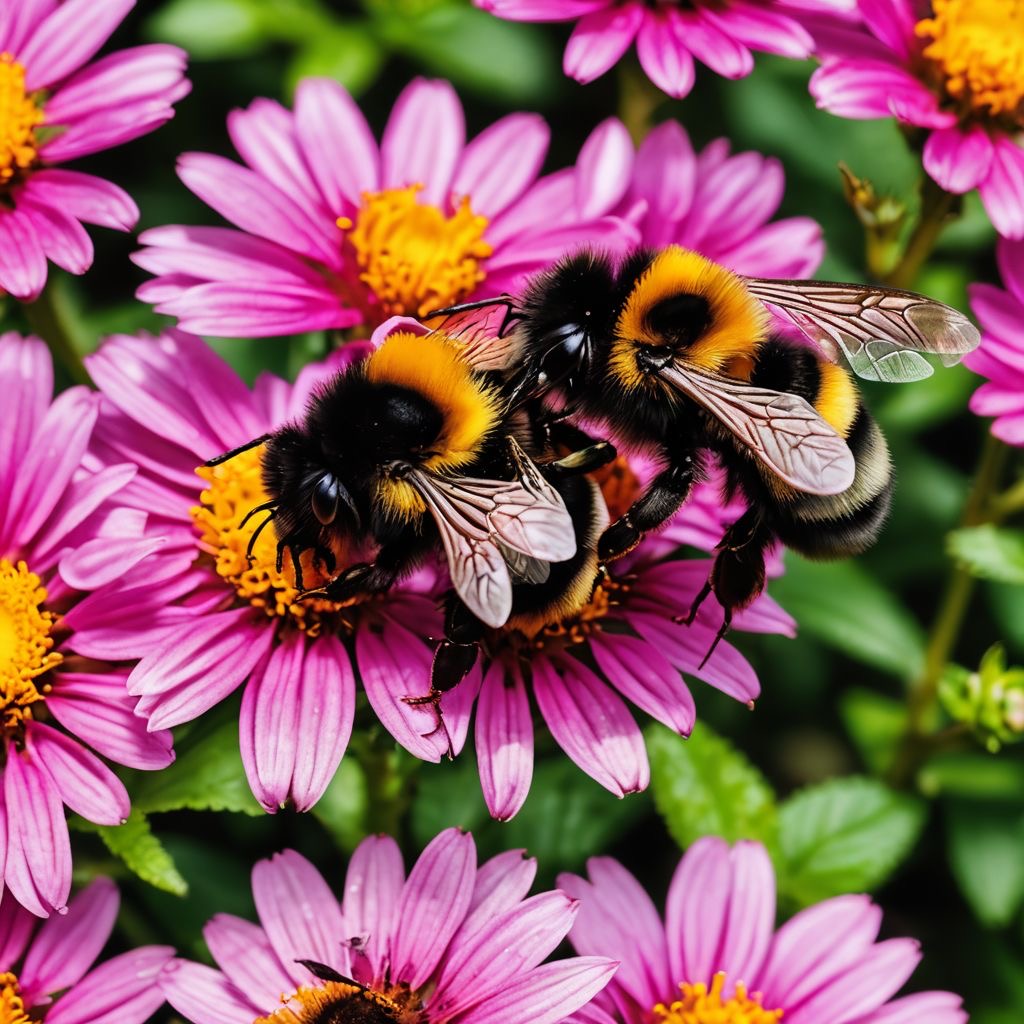
5. Physical Barriers: Floating row covers can protect seedlings from flying pests while still allowing light and moisture in.
By keeping your garden eco-friendly, you’ll be doing both your plants and the environment a favor.
Learn more about natural garden helpers. When it comes to garden design Winnipeg homeowners trust, Sunshine has a reputation for delivering exceptional results.
8. Step 7. Installation and Maintenance:
So, your garden is designed, your plants are picked, and your pest control strategies are locked and loaded. Now it’s time for installation and maintenance.
Installation:
1. Prepare the Soil: Start by clearing any grass, weeds, rocks or other debris. Use your shovel, rake, and hoe to break up the soil and mix in organic matter like compost, leaf mold or well rotted manure to enrich it. Depending on the soil, you can also add sandor perlite to sandy soil, or vermiculite to clay soil. Use a tiller or spade/shovel and hoe to break up compacted soil and mix in amendments. Tilling improves aeration, drainage and nutrient distribution however avoid over-tilling. Apply a layer of organic mulch to conserve moisture and help control weeds
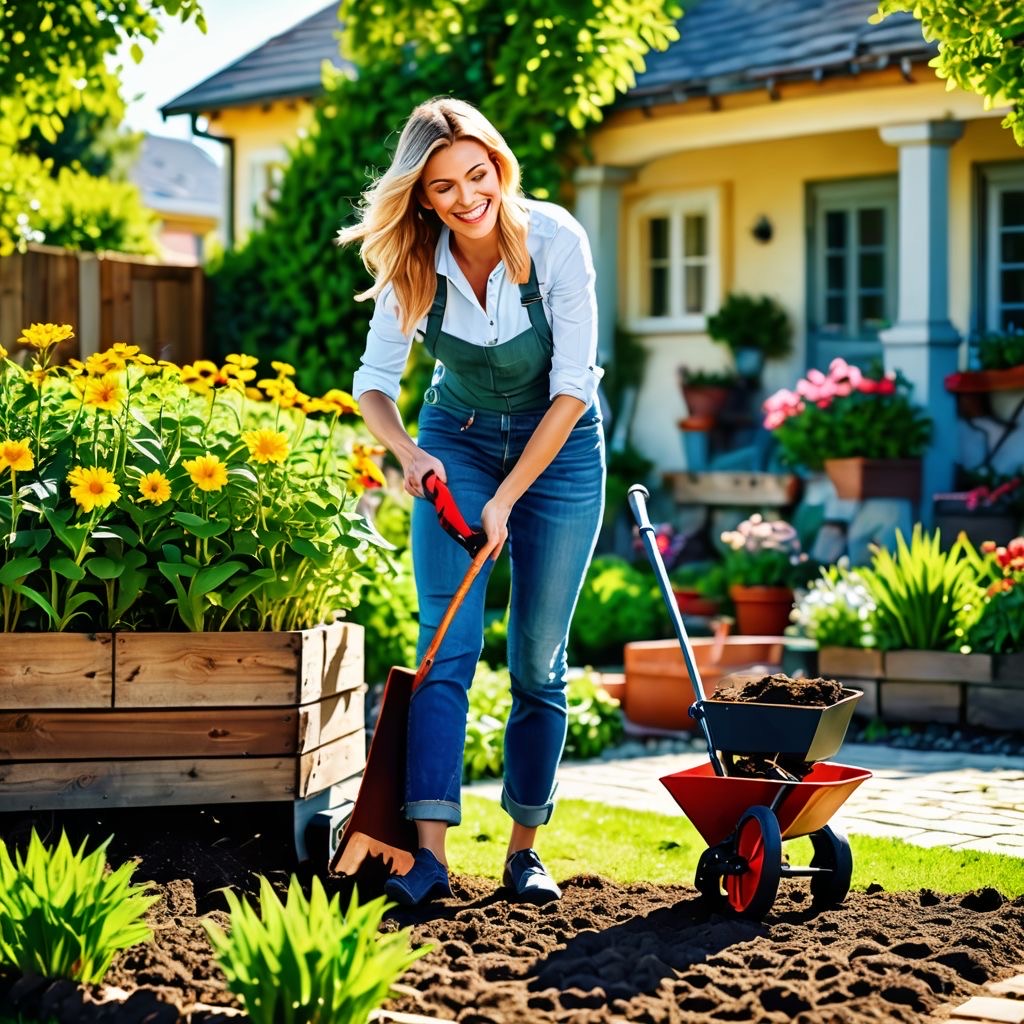
2. Build Raised Beds (if applicable): If you're going with raised beds, position them as per your design and fill them with soil. A benefit of raised beds is they can provide added soil depth for root expansion.
Contact us today for your free estimate.
3. Mulching (if applicable): Mulching can decrease the need for watering, deter weeds, improve soil health and overall plant health as it maintains a more steady soil temperature/environment for roots. For an edible garden, you’ll want to use organic, natural mulch. Straw or coconut Choir are generally readily available options. You can even use grass clippings in a pinch.
For over 30 years Sunshine teams have been providing seasonal lawncare Winnipeg services. To read more about all types of mulch CLICK HERE.
4. Planting: Using a ruler or tape measure, mark the line you want your garden row to follow considering the desired distance between each plant. Mark the end of each row with a stake and tie a string between them to mark your rows. Follow the planting depth recommendations for each species. Generally, seeds should be planted to a depth of around twice their size but it's a good idea to consult your seed packet to see how much row spacing and seed depth is recommended for your plant. Dig the space between your marked rows using your trowel or hoe, forming a ridge of soil under each row of string. These will be your garden rows to use to plant your seeds in an organized and even way. Once you have planted your seeds, place signs or tags to remind you what plants will be growing where.
5. Watering: Water thoroughly and immediately after planting. Ensure the soil remains moist but not soggy.
Maintenance:
- Watering Regularly: Just like us, plants need their H2O. In hot weather, this might mean daily watering, while in cooler times, fewer.
- Weeding: Just like picking out that one bad apple from the tree, removing weeds helps prevent competition for nutrients.
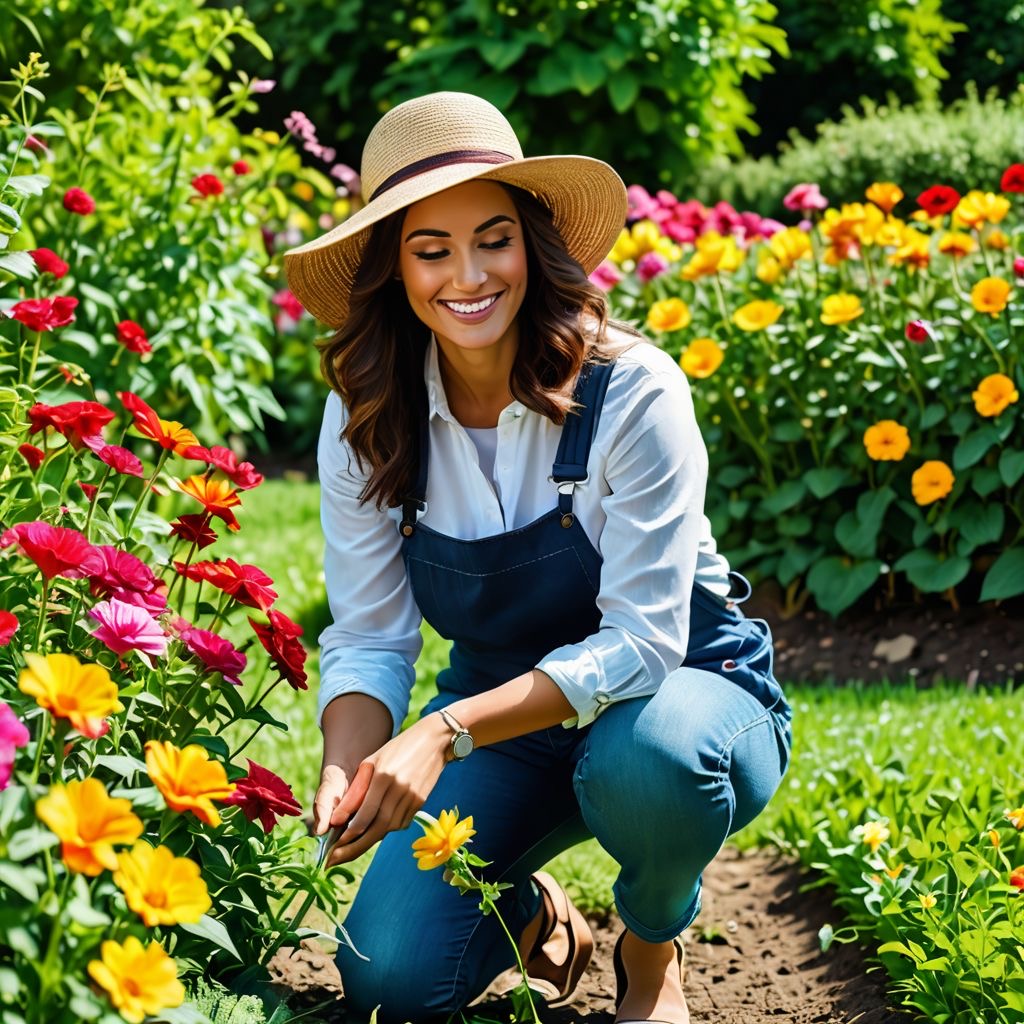
- Fertilizing: Depending on your soil type, you may need to add compost or organic fertilizers periodically.
- Harvesting: Keep an eye on when your peppers or tomatoes are ripe and ready to go. The sweeter the moment, the better your cooking will be, trust me!
9. Final Thoughts:
And there you have it, our gardening friend! You’re officially on your way to creating a lush yard filled with food and flavor that will help you stay active during your spare time while enjoying proven and significant physical, mental health and financial benefits. Remember to embrace the learning process—gardening can be an ever-evolving adventure.
Who knows what surprises Mother Nature has in store for you?
As all Vulcans-famous for their gardening chops, know well (and is our wish for you):
grow a garden to “live long and prosper”.


